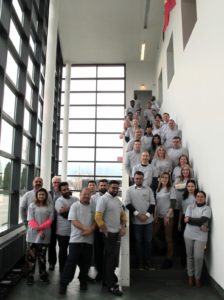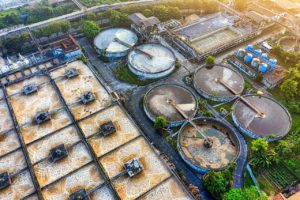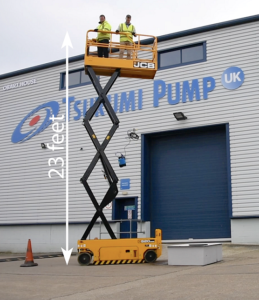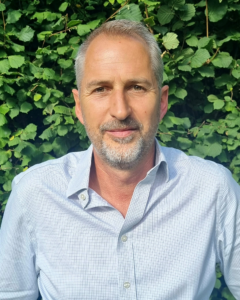Asian Water and Wastewater Chemical Revenues to Exceed $7 Billion by 2008
Asia will purchase water and wastewater treatment chemicals in 2008 valued at $7.4 billion. This will represent 36 percent of the world market up from 32 percent in 2001. This forecast is included in the continually updated online report, Water and Wastewater Treatment Chemicals: World Market.
Sales of corrosion inhibitors will surpass $1.5 billion up from $1.3 billion in 2004. Odor control chemicals will show a 30 percent gain in the next four years reaching $140 million in Asia. This is due in part to the campaign in China to eliminate odors from the many, new wastewater treatment plants now under construction.
Municipal water treatment plant operators will represent the biggest purchasing segment. By 2008 Asian municipalities will be purchasing flocculants, biocides, and other chemicals with a value of over $1.6 billion. Asia, with rising GDP and with more than one billion people without access to treated drinking water, will be substantially increasing its use of treatment chemicals.
The second biggest purchaser of treatment chemicals will be the power industry. By 2008, world purchases will be $3.5 billion, of which Asia will account for $1.4 billion. Coal-fired power plants consume more treatment chemicals than gas-fired plants. Corrosion inhibitors protect boiler tubes. Oxidizers and biocides keep cooling towers running. Activated carbon, ion exchange resins, organic and inorganic flocculants, scale inhibitors and pH adjusters are all needed for the ultrapure water and wastewater systems. Asia is planning more new coal-fired plants than all the other regions combined.
Municipal wastewater plants will be the third largest Asian purchasing sector. Many Asian countries are far behind in their programs to treat wastewater. China is investing heavily in new treatment plants. But, at the beginning of 2005, it will be only transporting 24,000 millions of gallons per day (MGD) of sewage vs. 39,000 in the U.S. Primary treatment will only be achieved on 15,000 MGD vs. 36,000 MGD in the U.S., (which has less than 25 percent of the Chinese population). China will provide secondary treatment for only 12,000 MGD vs. 31,000 MGD in the U.S.
Global companies such as GE are now pursuing the water and wastewater treatment chemical market in Asia. However, when it comes to lower value bulk treatment chemicals, Asia is a substantial exporter. Sales of activated carbon by Chinese suppliers have driven down costs worldwide, and will represent a substantial percent of the $500 million in world sales of activated carbon for water and wastewater treatment in 2008.
Source: The McIlvaine Company







